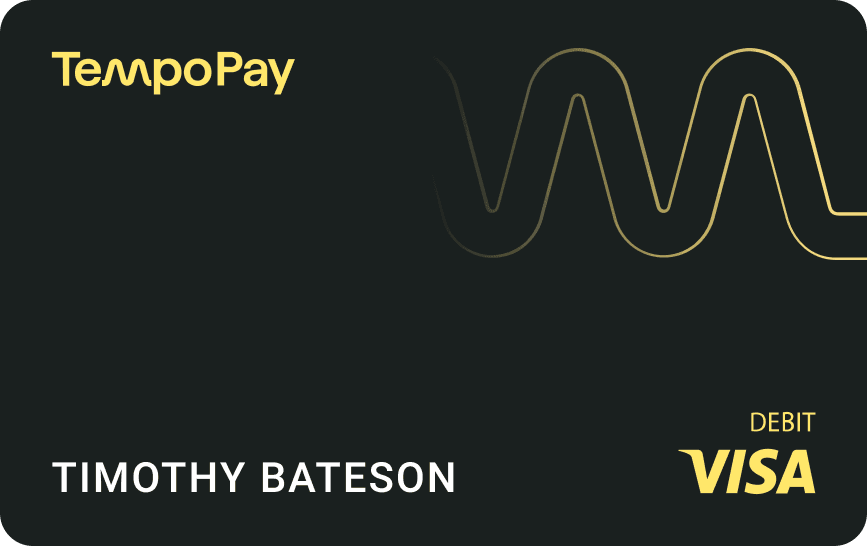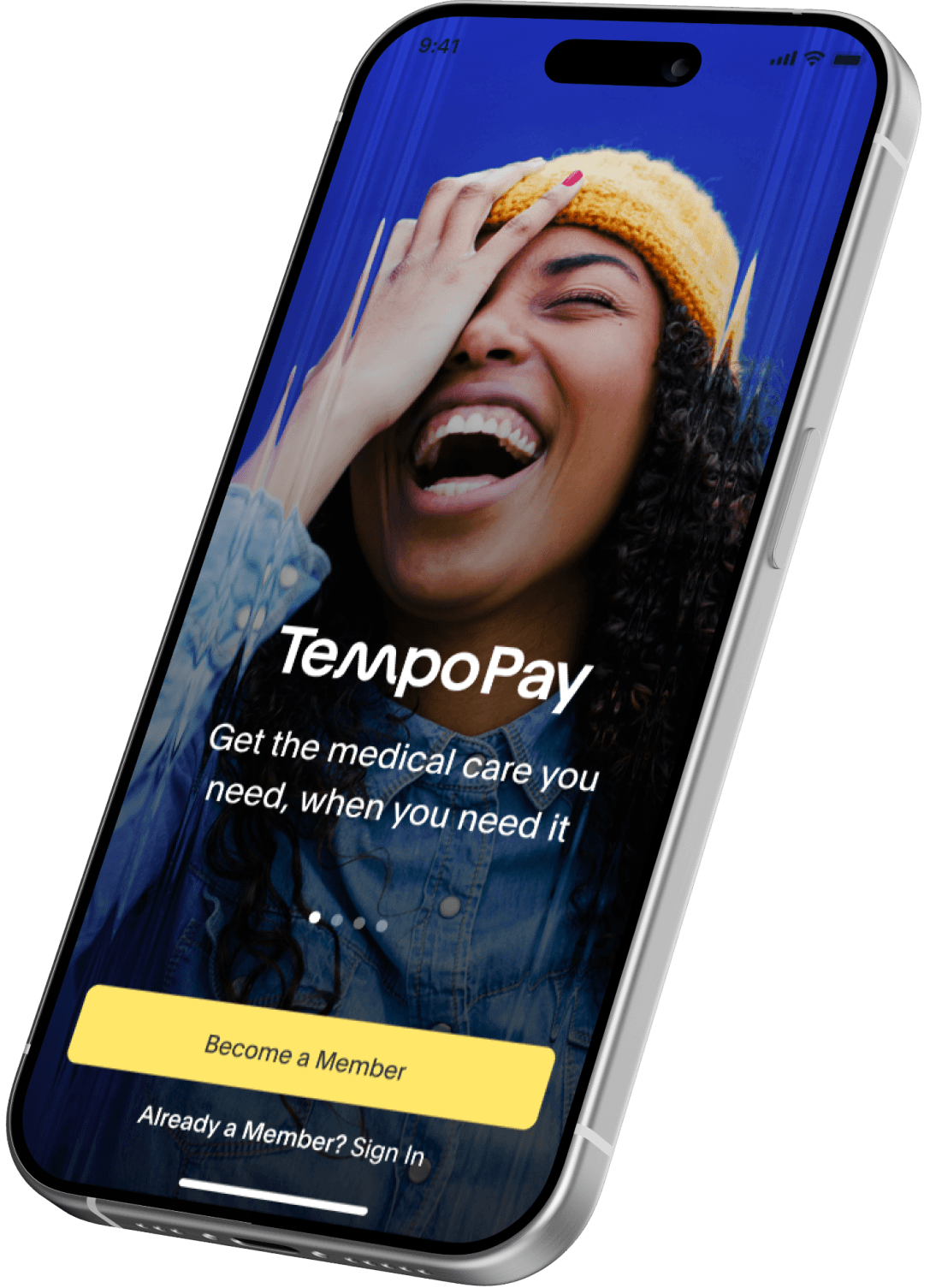Rising prescription drug prices require creative approaches to healthcare financing

Prescription drug spending has reached an all-time high, nearing $450 billion in 2023 and growing faster than inflation and overall healthcare costs.
Pharmacy costs have surged by 13% this past year, nearly double the increase in overall healthcare costs (7%) and more than 4X the general inflation rate of 2.9%. Given that over half of Americans rely on prescription medications, with over 25% taking four or more, this trend poses a significant threat to public health and economic stability. The impact is particularly severe for individuals with chronic illnesses who need medication daily, such as those with diabetes.
Employers are acutely aware of how these increases impact their employees’ well-being and their ability to offer competitive benefits. Almost all employers (99%) believe drug prices are the biggest threat to affordability and are looking for new ways to provide much-needed access to medication.
Fortunately, new models addressing the need for simplified and streamlined healthcare payments have emerged for employers. Taking advantage of these solutions can help reinvigorate an employer’s health benefits and quickly address the dire situation many employees face relative to affording their medication.
The prescription drug trade-off
For millions of Americans living paycheck to paycheck, the decision to prioritize their health over basic living expenses is becoming increasingly dire. Employees are forced to make impossible choices – should I fill my prescription, pay for gas, electricity, or groceries?
As a result, a staggering 30% of adults report skipping doses or splitting pills to make prescriptions last longer. This is a dangerous precedent and compromises a person’s health, productivity, and overall well-being. In addition to harming one’s physical health, the financial burden of managing healthcare costs also impacts mental health by increasing stress levels and anxiety.
Financial insecurities cause emotional strain, worsen mental health, increase stress-related diseases like high blood pressure, and can lower morale at work and home. This cycle of financial stress and compromised health can lead to more sick days and lower focus at work.
When employees forgo necessary medications, the consequences may lead to increased absenteeism, elevated stress levels, and lower workplace productivity. However, a simple, employer-offered solution can help.
Enhancing employee benefits through creative financing
The need for enhanced employee health benefits has never been more urgent. Offering innovative payment solutions that improve access to affordable medications can be a vital lifeline for cash-strapped employees.
These solutions help cover the immediate cost of prescription drugs and reduce care avoidance. With nearly half of U.S. adults expressing difficulty affording healthcare costs, creative financing options provide employees with an immediate and simple solution when they find themselves at the pharmacy unable to cover their prescription costs.
One such approach involves offering interest-free financing for healthcare expenses, including prescription drugs, to pay for the cost not covered by insurance. TempoPay allows employees to access necessary medications without the burden of immediate payment, thereby reducing financial stress and encouraging medication adherence.
Unlike traditional financing methods, TempoPay provides access to financing regardless of a person’s financial situation and does not carry hidden fees, deferred interest, or other opaque terms that can potentially cause further financial harm.
Employers can partner with TempoPay to offer employees a spending card for health, pharmacy, and wellness expenses. With this solution, employers set a spending limit, allowing employees to use the card for approved purchases such as prescription drugs and other medical charges. Employees can repay the balance over time through flexible payment terms.
By offering such benefits, employers can help employees build financial resilience by reducing the financial stress caused by managing healthcare costs, leading to improved health outcomes and increased employee satisfaction.
Prioritizing payment solutions that provide quick access to capital without strings attached helps all employees afford their prescriptions and ongoing care, removes financial barriers, and supports a healthier workforce today. Employees are more likely to seek necessary care and adhere to prescribed treatments. This leads to better health outcomes, reduced financial burdens, and improved employee morale.
This article originally appeared in Healthcare Business Today May 1, 2025.
The benefit employees need now
We provide financial support when and where it's needed, and can be launched throughout the year

